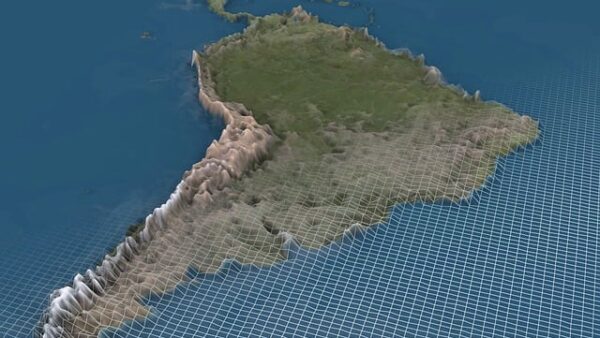The morning mist soaks into thick shreds across the country. From the fog a soft humming sound, two tractors emerge. When he spots me, the driver of the second tractor steps out, but where is the driver of the first tractor? ‘There is none’, says the farmer, ‘I operate both machines. How? Well, that strange vehicle you saw here last week has mapped the whole field and this map is now instructing the board computers of the two tractors how to drive’.
This is how we visualise the future in the project Internet of Food and Farm 2020 (IoF2020).
On 4 March 2019 Wageningen Economic Research (1) together with the Italian company VVA (2), has presented a study requested by the AGRI committee called ‘Impacts of the digital economy on the food chain and the CAP‘. This study does not assess the extent to which digitisation is a good or bad thing for the European agricultural sector. Instead, it observes a worldwide trend of the farm-tech revolution encouraged by, among others, high tech firms such as Nedap and Alibama, who make the technological advancements possible.
Two H2020 projects coordinated by Wageningen Economic Research, referred to as IoF2020 and SmartAgriHubs, include hundreds of partners across Europe representing the agricultural sector, setting up advanced digital trials with Internet of Things, Big data, Artificial intelligence, Robotization, drones and satellites, among others.
High tech revolutions triggers questions
The high tech developments are already taking place, a trend that triggers a lot of questions. For instance, will technology take biodiversity into account? Will environmental resources be taken into consideration? Will water and climate change benefit from the new technologies? How will the technology impact the poor, the rural and maintain diversity across the EU? What about inclusiveness of small and medium sized enterprises and digital divide?
The study illustrates that the most favourable CAP objectives to the high tech revolution in agriculture are ‘to enhance farm income’ and improve agricultural competitiveness. It is emphasised that existing trials are set up to maintain market stability, meet consumer expectations, provide environmental public goods and pursue climate change mitigation and adaptation.
The CAP objectives ‘maintain agricultural diversity across the EU’ and ‘promote socioeconomic development in rural areas’ are benefitting less from the high tech developments. Notably, although the technology is there – it is up to the users to decide on how to implement it and for which purposes.
(1) Represented by Dr. Katrine Soma
(2) Represented by Monica Pesce
Source: Wageningen University and Research













